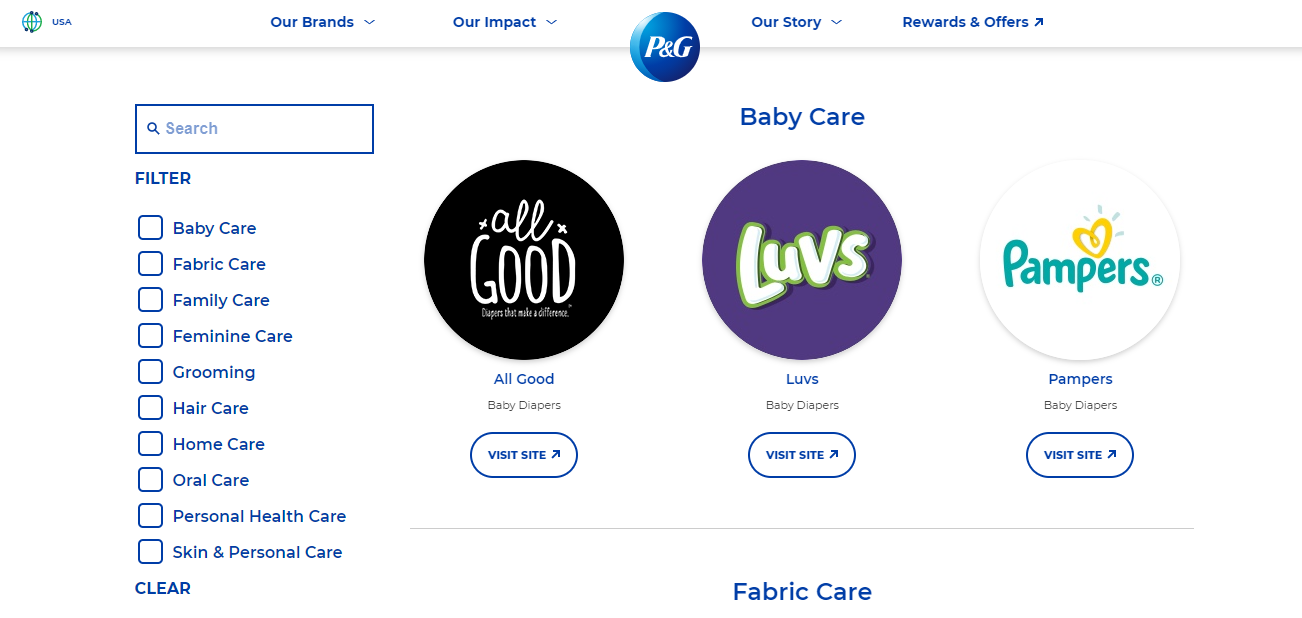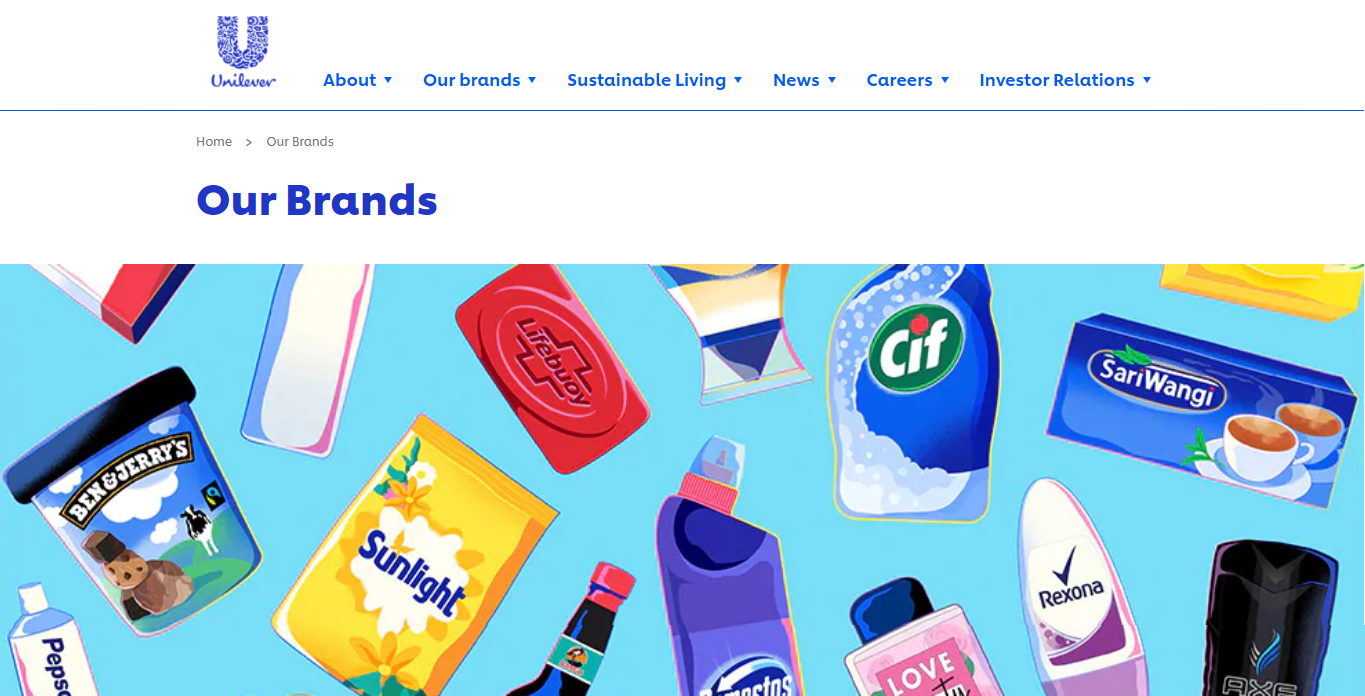Individual branding is a brand marketing strategy where a parent brand gives a product a new identity, a unique brand name, and allows it to function independently. It helps build a unique product an image in the market, contributes to the brand's positioning over competitors, and defends its reputation.
This article will dive into individual branding, its advantages and disadvantages, and the difference between branding strategies. Below, let's review the top pros and cons of individual branding, which show why it's popular among companies.
Advantages and Disadvantages of Individual Branding
The need for individual branding increases in times of crisis. This brand marketing strategy was created to help a parent brand tackle several problems. It was designed to protect companies from the risks a crisis could bring. Nowadays, the terms “multibranding” and “flanker brands” are very popular in the marketing realm. However, not all marketers are aware of the pros and cons of this marketing practice.
Advantages of individual branding:
- the parent brand’s reputation won’t be affected if the product fails;
- opportunity to use various marketing methods;
- companies can use different approaches to reach customers and serve them;
- brands can produce lower-quality products without influencing the image of products from the parent brand;
- brands can be positioned differently as corporate identity is reduced;
- the opportunity to obtain multiple levels of customer loyalty.
Disadvantages of individual branding:
- a higher risk of instability within the parent brand;
- a new brand name can require significant costs;
- lack or absence of regular customers;
- increased number of human resources;
- lack of acknowledgment;
- customers questioning the quality of the products.
When you finally decide to develop individual branding, you’re acquainted with the benefits you can reap. However, before implementing it, let’s review different brand marketing strategies.
Individual Branding vs Umbrella Branding
There are two main branding strategies to choose from: individual branding and umbrella branding (also called family branding). Let's briefly go over these different marketing practices to see the difference.
Many factors contribute to the need of companies to implement individual branding. The unique name and identity are given to a product during individual branding help promote it on the market. Additionally, in the event of a failure, the product won’t influence the corporate brand reputation.
For example, imagine that a company decides to introduce the latest product to a new market segment. If the product fails to be properly accepted by clients, it won’t affect the corporate brand name. On the contrary, if the product succeeds to win customers, it can become the noted brand in the market without operating under the shadow of its parent company.
On the other hand, family branding, a brand marketing strategy in which a company uses one name for all products. Some of the pros of family branding include cost-effectiveness (no need to conduct research), instant recognition, and reduced costs on ads.
The core idea behind this strategy is to increase the competitiveness of products. Umbrella branding follows a concept according to which a product that carries the same brand name will include the same high-quality standards as other brands within the umbrella. Let’s imagine that a brand has four different product lines. Consumer’s trust in the brand can be applied to these four product lines too.
Developing a strong umbrella brand requires a company to build core values, create the statement's intention, and be creative to stand out from the competition. Also, it involves creating good customer equity and effective coordination between each individual brand.
Now that you’re acquainted with these two marketing practices' main peculiarities, it’s time to proceed to some examples.
Examples of Individual Branding
With an individual brand marketing strategy, companies can launch products as individual entities. This approach brings several benefits for enterprises. Let’s look at two famous corporations such as Procter & Gamble and Unilever.
Procter & Gamble
This well-known American corporation established in 1837 is home to trusted brands. P & G includes 65 leading brands that are organized into ten categories. There are several product categories: Baby Care (All Good, Luvs, Pampers), Fabric Care (Ariel, Bounce, Cheer), Skin and Personal Care (Gillette, Ivory, Native, and more), etc.

Unilever
This British consumer goods company, established in 1929, has three divisions. Each portfolio includes the products of world-known brands. For example, in Foods & Refreshment, you can find Cornetto, Magnum, Lipton, and many others. The brands are known worldwide as Unilever operates in 190 countries. With more than 400 brands, the company has the opportunity to reach different customers worldwide.

To sum it up, there are two branding strategies: individual and umbrella branding. In the first scenario, products obtain individual names and identities in the market. In the second one, products are promoted under the name of a family brand. Grab some inspiration from the examples above and choose your branding strategy.
Resources:
- The article “Examples of Family Branding” provides readers with some examples of family branding.
- The article “Individual Branding: Strategy — Advantages and Disadvantages” defines the term, explains how it works and provides readers with the advantages and disadvantages of individual branding.
Last Updated: 08.11.2023

or